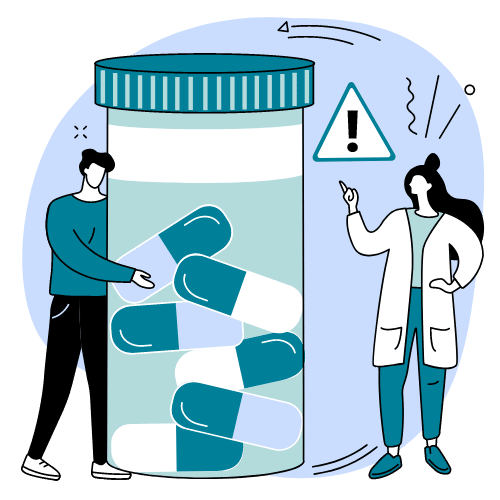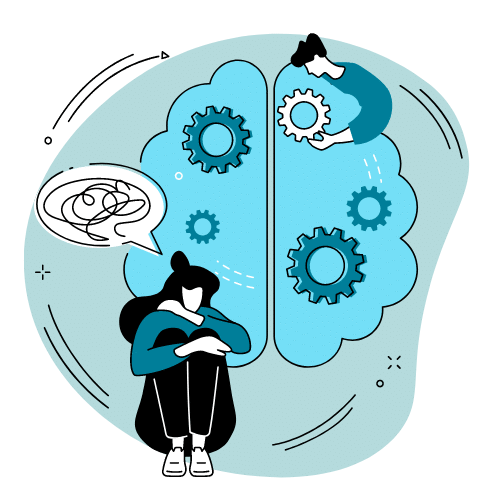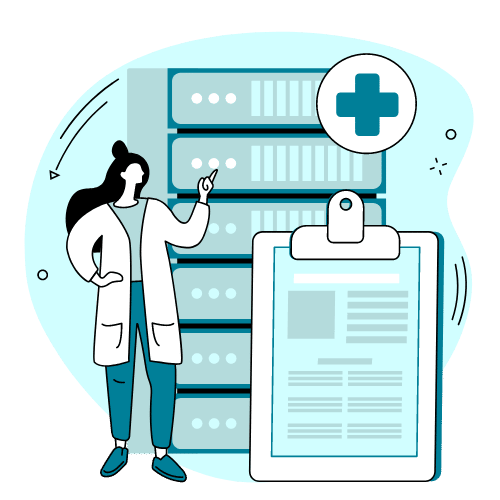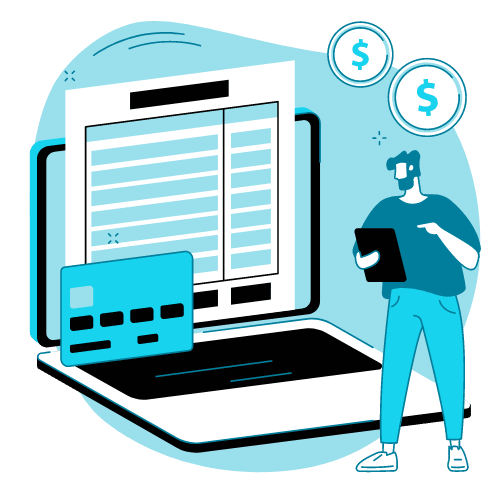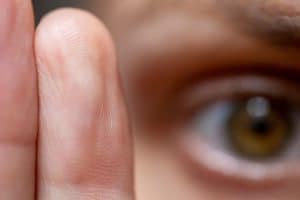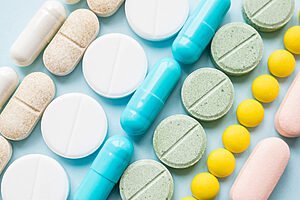The number of people suffering from heroin addiction has continued to increase since 2007, according to the National Institute on Drug Use (NIDA). The impact of heroin use is felt across the U.S. with heroin being identified as the most or one of the most important drug use issues in several locations from coast to coast. Heroin is a highly addictive drug, no matter how it is used (injected, smoked or snorted), and comes in a range of colors. Heroin can be a white to brown powder, or a black sticky substance sometimes referred to as black tar. Those who become addicted to heroin need to continue to take it to feel normal and may take larger and more frequent doses to maintain the same high. Five signs of heroin addiction may include:
- Physical symptoms (dry mouth, flushed skin, and itching)
- Psychological symptoms (inability to concentrate or mood swings)
- Obsession with heroin
- Experiencing withdrawal
- Personal loss
[middle-callout]
1. Physical Signs Of Heroin Addiction
Like other opioids, heroin works as a central nervous system depressant. Heroin produces both short-term and long-term effects. After using heroin, most people report feeling a ‘rush’ accompanied by warm, flushed skin, dry mouth and feeling heavy in their arms and legs. Other short-term, physical signs of heroin use include nausea, vomiting, and severe itching. After the initial rush, it is common for people to go “on the nod” for several hours. During this period of time, an individual can alternate between states of wakefulness and drowsiness. Their minds become cloudy, due to the suppression of the central nervous system and their breathing may become slowed and potentially stop completely. Once someone has misused heroin for a long time (three weeks or more), long-term effects may begin to appear. It is possible for chronic users to develop: infection of the heart lining and valves, abscesses (pus-filled infections), liver damage and disease and lung-related issues. In addition to the physical effects heroin produces, some heroin may also contain additives that do not easily dilute into the bloodstream, causing a clog in a blood vessel in the lungs, liver, kidneys or brain. Other physical signs of heroin addiction may include:
- collapsed veins (injection)
- needle (track) marks on the inside of arms and legs (injection)
- damaged or inflamed nose tissue and skin (snorting)
- chronic constipation and stomach cramping
- sexual dysfunction (men)
- irregular menstrual cycles (women)
- constricted pupils
Another potential physical sign of heroin addiction is a heroin overdose. Overdosing on heroin happens when someone has taken so much of the drug that it causes a toxic and potentially life-threatening reaction. When an individual overdoses on heroin their breathing often becomes slow or stops completely. This can decrease the amount of oxygen that reaches the brain, a condition medically referred to as hypoxia. Hypoxia can have short- and long-term mental effects and result in coma or permanent brain damage.
2. Psychological Signs Of Heroin Addiction
Repeated heroin use can change the physical structure and physiology of the brain, resulting in long-term imbalances in neuronal and hormonal systems which are not easily healed. These changes can be both short- and long-term changes to the brain. These changes can result in a range of mental health disorders including:
- paranoia
- depression
- anxiety
- aggression
- hallucinations
- delusions
Many people who become addicted to drugs like heroin also suffer from a mental disorder at the same time. Compared to the general public, those addicted to drugs are almost twice as likely to suffer from mood and anxiety disorders. Although it is common for substance use and mental disorders to co-occur, it’s often unclear whether one caused the other or if common underlying risk factors contributed to the start of both, according to the National Institute on Drug Use.
3. Obsession With Heroin
Heroin is a highly addictive drug and those who misuse it regularly often develop tolerance to the drug. Once this occurs they will need larger and more frequent doses in order to achieve the desired effects. When someone is suffering from addiction, a chronic, relapsing brain disease, their minds become hijacked by the effects of the drug. As heroin is introduced to the brain, it is chemically converted into morphine. The morphine binds with the opioid receptors in the brain and spinal cord and alters the regular communication pathways between the nerve cells. The drug works to produce an excess of feel-good hormones like dopamine and norepinephrine. Every time the person uses they associate the behavior is enforced by, what it views, as a positive reward, increasing the strength of their addiction.
4. Experiencing Heroin Withdrawal
Individuals who suffer from heroin addiction, and stop using the drug abruptly may experience severe withdrawal symptoms. Heroin withdrawal symptoms can begin as early as a few hours after the last dose of the drug and may include:
- restlessness
- nervousness and paranoia
- severe muscle and bone pain
- sleeping problems
- diarrhea and vomiting
- cold flashes and goosebumps
- uncontrollable leg movements
- severe heroin cravings
In addition to the above symptoms, research on the long-term effects opioid addiction has on the brain has indicated the possibility of brain matter loss. Both white and grey matter may be affected, and this can cause changes in decision-making, behavior control and responses to stressful situations.
5. Personal Loss From Heroin Addiction
Individuals suffering from addiction are more likely to experience issues in their personal lives. Heroin addiction can cause issues such as health problems and failure to meet social responsibilities at work, school or home. A heroin use disorder can range from mild to severe, the most severe being an addiction. Heroin addiction also has the potential to affect someone’s financial life. According to the Center for Substance Use Research, the average heroin user can spend up to $200 USD a day to maintain their addiction. General signs of opioid addiction include:
- loss of control over the amount and frequency of use
- craving and compulsive using
- continued use despite risks of self-harm or harm to others
The connection between opioid use and heroin addiction Research suggests that misusing prescription opioid pain medicine is a risk factor for developing heroin use. This is thought to occur because once the prescription is no longer renewable, those specific pain medications become very difficult to obtain. In an effort to fulfill cravings for prescription opioid medications people may turn to heroin, as it produces the same or similar effects and is easier to obtain.
Medically-Supervised Heroin Detoxification
Medically supervised detox usually consists of tapering down the dose of heroin and/or possibly replacing it with methadone maintenance, buprenorphine or other medical treatment, depending on the severity of the addiction. These medications work by binding to the same brain receptors as heroin, but it a weaker way. This helps to reduce heroin cravings and other uncomfortable withdrawal symptoms. Another possible medication treatment, naltrexone which blocks opioid receptors and prevents opioid drugs, like heroin, from having any effect, may also be used. However, an individual must complete the detox phase before naltrexone can be used, otherwise, it may make the withdrawal process more difficult. Medically-supervised detox can provide any needed support during the initial removal of the drug from the individual’s system.
Treating Heroin Addiction
Comprehensive opioid addiction treatment also includes treating the behaviors that lead to addiction. Behavioral therapies for heroin addiction can include cognitive-behavioral therapy and contingency management. These behavioral treatment approaches are especially effective when used in combination with medicines. Formal inpatient treatment can help develop an individualized treatment plan, including the initial detox and continued withdrawal treatment to ensure a continued heroin-free life. To learn more about signs of heroin addiction and heroin treatment, contact a specialist today.


